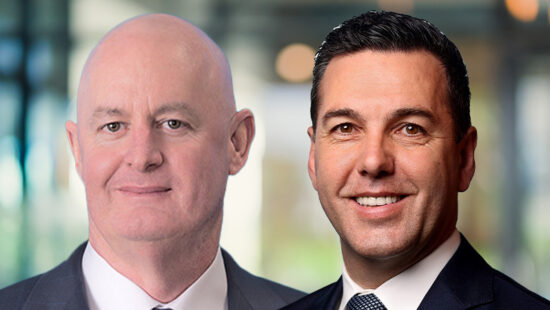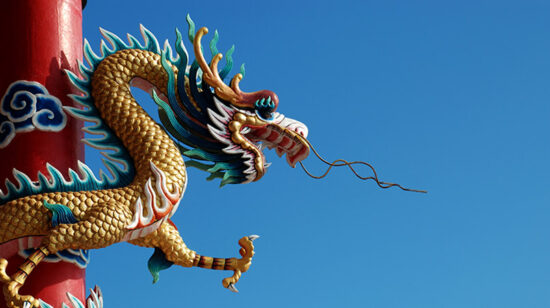With equity markets ostensibly pretty much fully valued and bond markets looking as unattractive as ever, while it being the silly season has to be accounted for, the market is presently fairly bereft of opportunities.
“If equities go up then convertible bonds will get some of that upside, and they generally hold investment-grade bonds, so the yields should have a bit of a cushion if interest rates go up,” said Hasler, senior investment research analyst at Square Mile.
“Convertibles are useful for getting long-term low-volatility equity exposure, as a very long-term core holding – a relatively boring holding that provides some equity exposure with less downside risk.”
Based on that, the current environment seems to quite conducive to a convertible bond play – so where are the managers themselves finding opportunities?
“Given the current market conditions, more investors are looking for lower-risk ways to get exposure to bond markets and the underlying equity market,” said Nathalia Barazal, head of convertibles at Lombard Odier.
“Of course, there are no free lunches. While I am expecting to only be exposed to 40% of the equity downside, I am looking at capturing around 60% of the upside.”
One area that Barazal is keen on is the European consumer cyclical space; while she acknowledges that there is a question over the equities market losing steam, she is seeing some earnings-based opportunities.
“In 2014, you could have bought the most cyclical companies and made the most money, but this year being selective matters more,” she expanded. “We have had a long overweight in biotech companies for the past four years, and we are still getting good performance from them.
“Another sector that we have increased is the European consumption cyclical sector, in companies such as Daimler and Peugeot. We are also highly invested in Steinhoff, which is a South African company but gets 60% of its earnings in Europe.”
Barazal also favours the European telecoms market – a view which is shared by Jean-Marie Debeaumarche, manager of Amundi’s convertible bond funds range.
He said: “There has been a lot of M&A noise in the telecoms sector during the last few months, and names such as Telefonica and Telecom Italia have been doing issuances and represented risk-adjusted profiles that we like.”
Debeaumarche is also capitalising on newfound shareholder-friendliness in Japanese corporates, as well as European peripheral banks such as UniCredit and CaixaBank, but it is the under-represented US technology sector where he sees a real opportunity.
“The technology world has been doing very well for the past five years, but there is a now a lot of dispersion,” he explained. “The hardware makers – PC and smartphone companies – have started to struggle a bit, but, while the software firms do see some volatility on the equity side, they are doing very well in the US bond market.”
Rain on a convertible
Barazal and Debeaumarche highlight the ongoing Greece-IMF debt situation as the main risk to their European plays, while the latter picks China as the biggest threat on a global perspective.
Even so, both are confident that the screen provided by the nature of a convertible bond in the event of market downturns should keep their investments relatively protected – but is it really that simple?
“There are some sectors that are good value on a relative basis,” said Hasler, referring to the aforementioned European telecoms and consumer cyclical markets. “However, I am not sure that I would be buying convertibles right now.
“In a balanced portfolio on an absolute basis, with the way the market is at the moment and interest rates about to go up, investors should be more worried about absolute risk rather than trying to get every last bit of basis point performance.”







